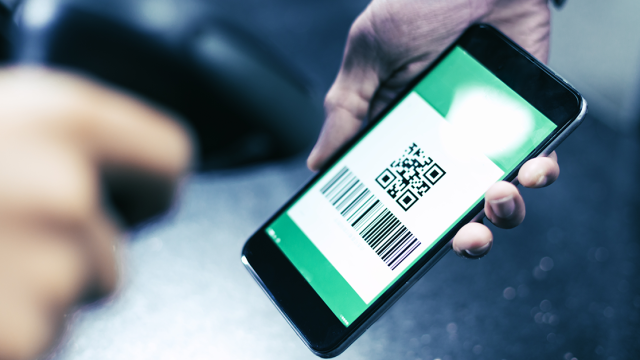Which scenario do you prefer?
Scenario A: Monitor the exchange rates and check which money changers give the best rates before travelling
Scenario B: Using eWallets to pay at the visiting destination with possibly better exchange rates
Thanks to the Regional Payment Connectivity (RPC) initiative, skipping the “pre-travel hassle” of changing currencies is now a reality.
In the last few years, the central banks of Malaysia, Indonesia, Singapore, Thailand and the Philippines have been trying to connect their payment systems via QR linkages.
They signed a memorandum of understanding on Nov 14 2022 in Bali, Indonesia, on the sidelines of the G20 Leader’s Summit after a set of pilot programmes. At the ASEAN Summit in May, apart from expressing their commitment to the initiative, and pledging to expand the ecosystem to all 10 members, the leaders also said the programme would enhance local currency transactions and reduce reliance on external currencies as intermediaries.
ASEAN’s goal through the RPC is to strengthen and enhance payment connectivity to make cross-border payments faster, cheaper, more transparent and more inclusive in the region. This initiative will oversee far-reaching improvements in the cross-border payment industry, including cross-border trade settlement, remittance and investment. The ultimate goal is to establish an ASEAN financial payment ecosystem to benefit businesses and individuals.
How it works
Malaysians, Indonesians, Singaporeans and Thais can make cashless payments for goods and services by scanning the QR codes in these 4 respective countries.
The Malaysia–Singapore linkage launched in March 2023, now covers merchant transactions, P2P transactions and even remittances, according to an announcement at the recently-concluded Singapore Fintech Festival.
At the same event, Bank Indonesia and the Monetary Authority of Singapore announced the Singapore–Indonesia QR linkage, heralding a new age of seamless transactions for travellers and micro and small-sized operators. The commercial launch of the Malaysia–Indonesia cross-border QR payment linkage went live in May 2023.
Meanwhile, QR payment systems connecting Malaysia, Indonesia and Thailand are already in place.
Travellers to these countries need only scan the DuitNow (Malaysia), QRIS (Indonesia), NETS (Singapore) or PromptPay (Thailand) QR codes displayed at checkout counters by the participating merchants using their preferred mobile banking app or eWallet. The system will instantly convert the currencies and the users will know the exchange rates (determined by the central banks) when making the transactions.
In Southeast Asia, where there remains a large unbanked and underserved population, this gives them access to otherwise unavailable financial services because they don’t have bank accounts or credit cards.
What to expect next?
The State Bank of Vietnam inked an MoU to join the RPC initiative on Aug 25, increasing the number of participating countries from 5 to 6. The Philippines is also reportedly organising industry leaders to join the effort to achieve regional connectivity, while Brunei is in the initial steps of regulating its internal payment industry.
The RPC can also be expanded beyond ASEAN. For example, MAS and the Reserve Bank of India launched a groundbreaking link between PayNow and UPI. As more connections are established, a pan-regional network is beginning to take shape.







